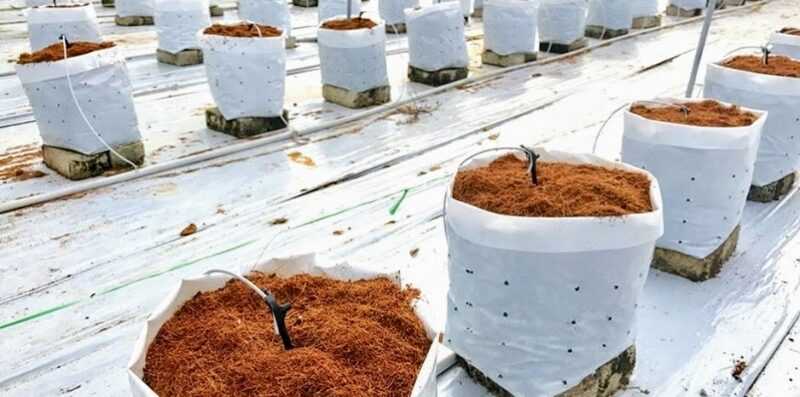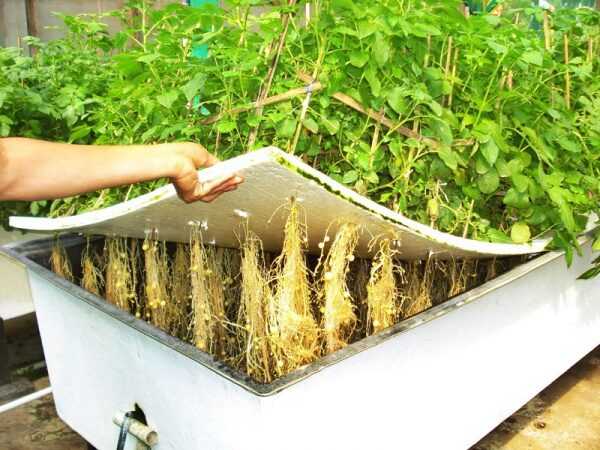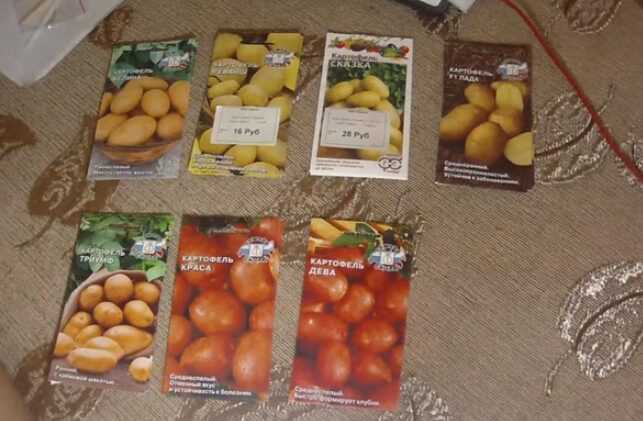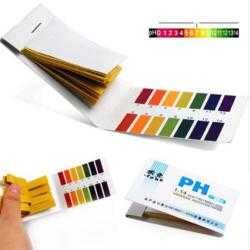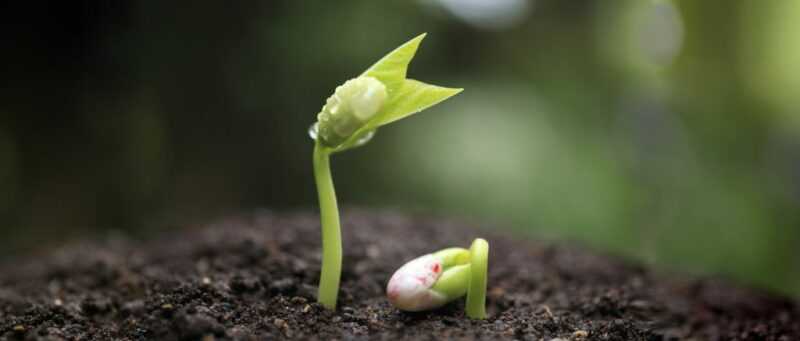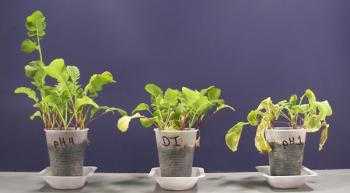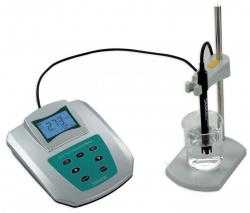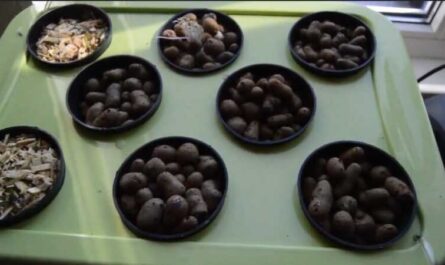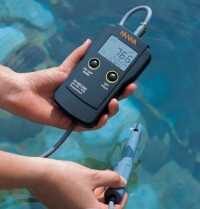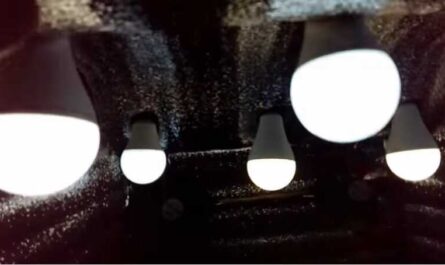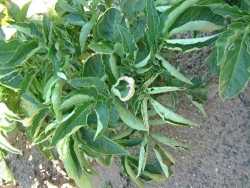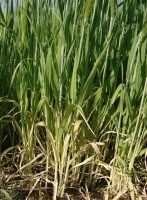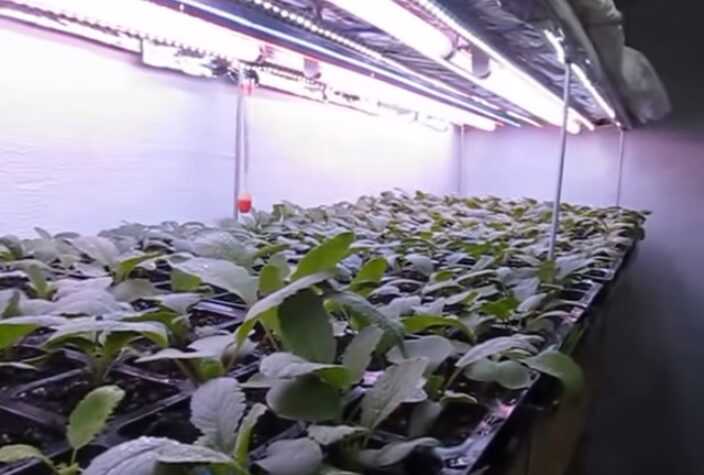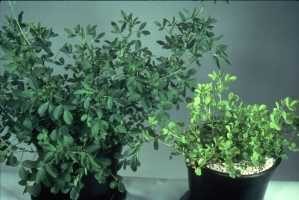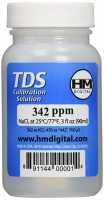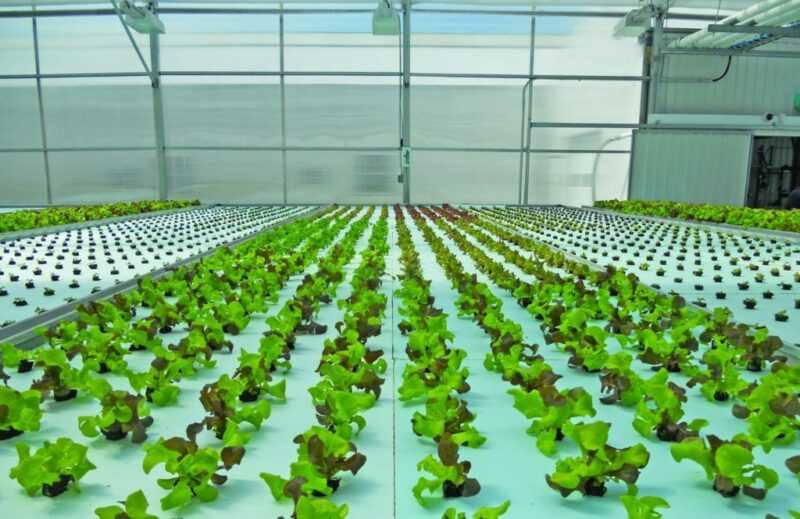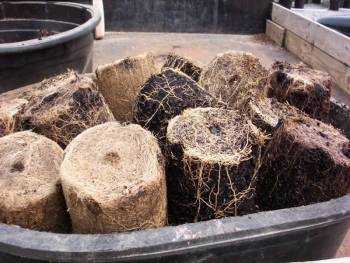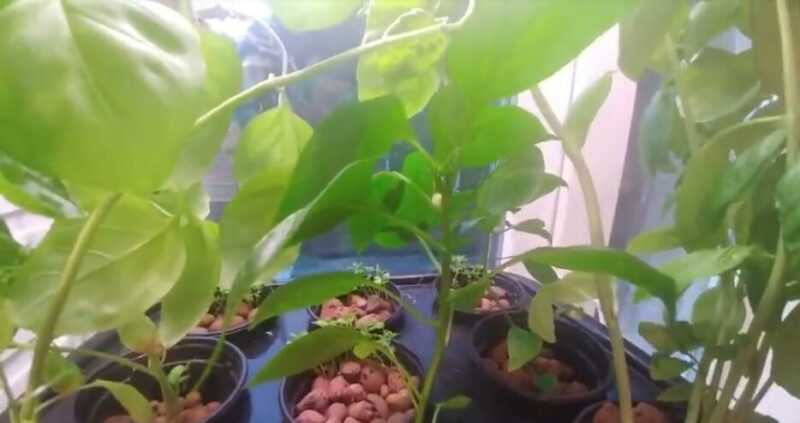Coconut coir – an organic substrate, represented by fiber from the intercarp of coconut nuts. Coconut coir is a by-product after separating and collecting the fibers to make a variety of goods: ropes, rugs, brooms, etc. The waste consists of short fibers and the “flesh” of the shell, the so-called “core”, which accounts for about 25% of the shell. These are lignified vascular bundles 15-33 cm long, 0,05-0,3 mm thick. The fiber walls are composed of cellulose. When immature, they are white and soft, but as lignin is deposited in them, they become stiffer and acquire a reddish-brown color. Flexible white fiber is obtained from unripe fruits, brown – from fully ripe. Coir is dried and pressed into briquettes, plates or granules. 1 kg of compacted material gives about 14 liters of substrate. This substrate should not be confused with another coconut product.
Problems with coconut stem from the high content of sodium chloride – common table salt. After the husk is harvested, it is often soaked in salt water to soften it so it can be processed more easily. Most of the coconut grows on the shores of the oceans in a very salty environment. Due to its high salt content, coconut was initially only used in open systems to avoid salt build-up. But coconut can be processed: you can exchange a sodium ion for a calcium ion through a process similar to (but opposite) to that of a household water softener. Such recycled coconut can be beneficially used in a closed system. If you do not know the salt content of the coconut, you can process it yourself. Everything is very simple here. It is enough to dissolve a handful of calcium nitrate (calcium nitrate from a gardening store) in a bucket of water and immerse the coconut there. Soak it for a while, stirring occasionally, then rinse thoroughly.
See also: Preparing the coconut substrate. Flushing and buffering
Picture. An example of various coconut fractions. 1. Fine coconut dust. 2. Coarse coconut coir, high in fiber. 3. Coarse coconut coir with a high chip content.
Coconut substrate (cocopeat) has such a wide range of pH and electrical conductivity that it is difficult to indicate reasonable average values. To test the coconut substrate yourself, soak a handful of coconut in a glass of distilled water overnight and then measure the pH and conductivity of the water. The most neutral coconut with minimal conductivity should be preferred..
Even after processing, the coconut will interact with the nutrient to retain cations (mainly Ca2+ and Mg2+), and releasing additional potassium ions (K+) what should be taken into account when choosing the composition of a nutritious fertilizer. An excellent fertilizer option for coconut substrates would be, for example, the Coco Kit.
The organic origin of the coconut substrate facilitates the introduction of beneficial microorganisms. Their impact is undoubtedly beneficial. In greenhouses around the world, coconut is tested on a variety of crops, vegetables and ornamental plants. It often leaves other substrates behind.
